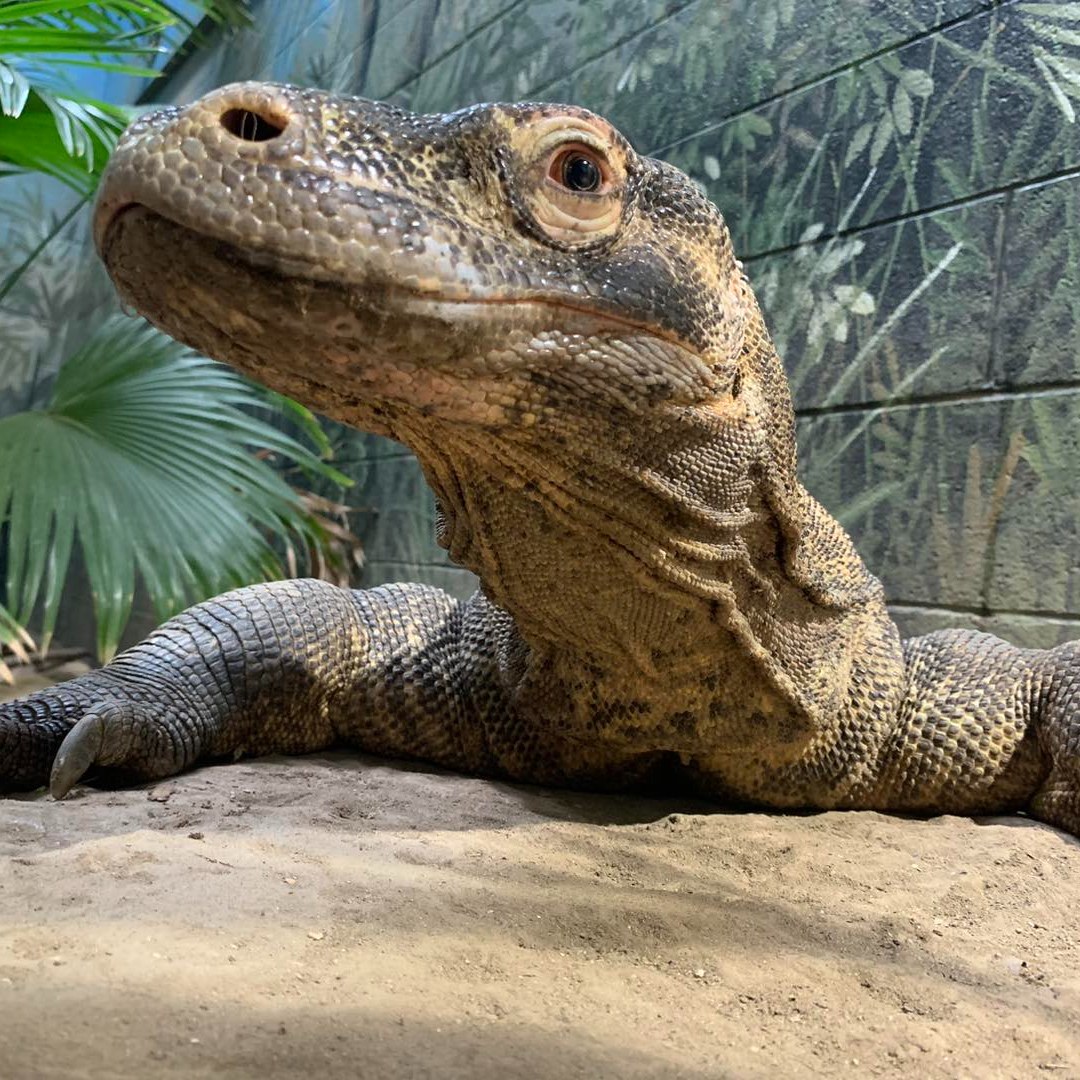- Understanding the Importance of Starting the Week with Naga
- Zoological Insights into Naga’s Behavior and Ecology
- Zoo Management and Ethical Practices
- Conservation Efforts and Their Global Significance
- Community Engagement and Wildlife Education
Starting the week with Naga involves more than a simple routine; it sets a tone for understanding and appreciating the natural world in a way that supports both personal and environmental wellness. Naga, often referred to as a representative of reptiles, provides an anchor for exploring diverse landscapes within the world of zoology, conservation, and education.
Understanding the importance of beginning the week with Naga focuses on its rich symbolic and ecological significance across cultures and natural environments. Naga, a vital element in many legends and ecosystems, is not just a creature of myth but also an essential part of biodiversity. The presence of the Naga among various reptilian species offers insights into evolutionary survival mechanisms and adaptation techniques. Engaging with Naga at the start of the week symbolizes not just a commitment to personal goals but also to the responsibility humans have toward maintaining ecological balance.
In zoology, Naga’s behavior and ecology provide a fascinating study. As reptiles, they exemplify evolutionary processes, from their thermoregulation capabilities to unique reproductive strategies. These reptiles exhibit a wide array of feeding behaviors, showcasing their role as both predator and prey within their habitats. Observing Naga’s interaction with its environment can teach us about habitat preference, resource allocation, and territoriality, which are crucial for maintaining ecological integrity. Understanding these behaviors can aid in developing effective strategies for species conservation and habitat management.
Zoo management, when taking care of species like Naga, requires a nuanced understanding of animal care and ethical considerations. Modern zoos have evolved into conservation hubs where education and entertainment intersect with vital research efforts. Managing a reptilian exhibit involves creating environments that emulate natural habitats to encourage natural behaviors. This not only supports the physical and psychological well-being of the animals but also provides a learning platform for visitors, fostering a connection with wildlife that fuels conservation efforts.
The global significance of Naga in conservation efforts cannot be overstated. As reptiles are often indicators of environmental health, their conservation status reflects broader ecological trends. Conserving natural habitats for Naga and similar species requires coordinated international efforts and adaptive management strategies. These efforts include habitat restoration, anti-poaching measures, and addressing climate change impacts, all essential components of conserving biodiversity on a global scale. Collaborative conservation programs aim to secure genetic diversity and resilience to environmental changes, ensuring that species like Naga continue to thrive.
Moreover, community engagement plays a pivotal role in wildlife conservation and education. Involving local communities in conservation efforts can lead to more sustainable practices. Educating the public about species like Naga can promote understanding and respect for reptiles, challenging common misconceptions and fostering a culture of coexistence. Promoting educational programs that inspire curiosity and appreciation for reptiles encourages future generations to become stewards of the natural world. Public outreach and community-based conservation initiatives can bridge the gap between scientific research and everyday experience, promoting actions that benefit both species and human communities.
By integrating these elements, starting the week with Naga becomes a symbolic and practical approach to nurturing an informed, respectful, and proactive relationship with the natural world. This practice emphasizes our shared responsibility to protect and preserve biodiversity, ensuring a sustainable future for all species, including our own.
*****
Source Description
Starting the week off right with Naga🦎


